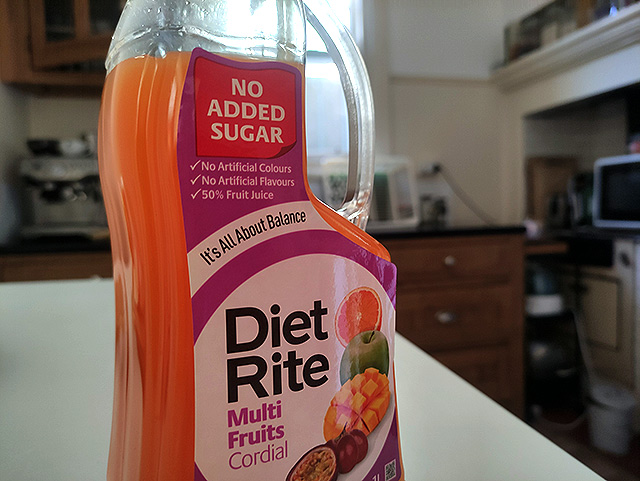Food packaging labels can provide a wide range of information to help consumers make good food choices. Food labels and other nutritional information on food packaging can be very confusing and difficult to decipher for the consumer. Here is information about the regulations for the USA, but the information will be relevant for people in most other jurisdictions.
In the US in 1990, the Nutrition labeling and Education Act went into effect. The USDA and the FDA designed the requirements so that consumers would have useful information about the food they eat. But how do you make sense of a food label? According to the Nutrition labeling and Education Act, all food labels must contain the following information:
- Common name of the product
- Name and address of the product's manufacturer
- Net contents in terms of weight, measure or count, and:
- Ingredient List - Lists the ingredients in descending order of predominance and weight.
- Serving Sizes - Each package must identify the size of a serving. The nutritional information given on the label is based on one serving of the food.
- Nutrition Facts - each package must identify the quantities of specified nutrients and food constituents for one serving. From this information, you can gleam some very useful information. The most important thing to remember is this:
- 1 gram of fat = 9 calories
- 1 gram of protein = 4 calories
- 1 gram of carbohydrate = 4 calories
- 1 gram of alcohol = 7 calorie
 cordial bottle packaging terms
cordial bottle packaging termsCommon Label Terms
Here are the FDA Specifications for Health Claims and Descriptive Terms. The FDA also provides guidelines about the claims and descriptions manufacturers may use to promote their products:
| Claim | Requirements that must be met before using the claim |
|---|---|
| Fat-Free | Less than 0.5 grams of fat per serving, with no added fat or oil |
| Low fat | 3 grams or less of fat per serving |
| Less fat | 25% or less fat than the comparison food |
| Saturated Fat Free | Less than 0.5 grams of saturated fat and 0.5 grams of trans-fatty acids per serving |
| Cholesterol-Free | Less than 2 mg cholesterol per serving, and 2 grams or less saturated fat per serving |
| Low Cholesterol | 20 mg or less cholesterol per serving and 2 grams or less saturated fat per serving |
| Reduced Calorie | At least 25% fewer calories per serving than the comparison food |
| Low Calorie | 40 calories or less per serving |
| Extra Lean | Less than 5 grams of fat, 2 grams of saturated fat, and 95 mg of cholesterol per (100 gram) serving of meat, poultry or seafood |
| Lean | Less than 10 grams of fat, 4.5 g of saturated fat, and 95 mg of cholesterol per (100 gram) serving of meat, poultry or seafood |
| Light (fat) | 50% or less of the fat than in the comparison food (ex: 50% less fat than our regular cheese) |
| Light (calories) | 1/3 fewer calories than the comparison food |
| High-Fiber | 5 grams or more fiber per serving |
| Sugar-Free | Less than 0.5 grams of sugar per serving |
| Sodium-Free or Salt-Free | Less than 5 mg of sodium per serving |
| Low Sodium | 140 mg or less per serving |
| Very Low Sodium | 35 mg or less per serving |
| Healthy | A food low in fat, saturated fat, cholesterol and sodium, and contains at least 10% of the Daily Values for vitamin A, vitamin C, iron, calcium, protein or fiber. |
| "High", "Rich in" or "Excellent Source" | 20% or more of the Daily Value for a given nutrient per serving |
| "Less", "Fewer" or "Reduced" | At least 25% less of a given nutrient or calories than the comparison food |
| "Low", "Little", "Few", or "Low Source of" | An amount that would allow frequent consumption of the food without exceeding the Daily Value for the nutrient - but can only make the claim as it applies to all similar foods |
| "Good Source Of", "More", or "Added" | The food provides 10% more of the Daily Value for a given nutrient than the comparison food |
Related Pages
- Food Label Reading 101
- Health and Nutrition Educational Resources
- Healthy Eating
- Shoping Tours for Athletes
- Weight-loss home


 Current Events
Current Events